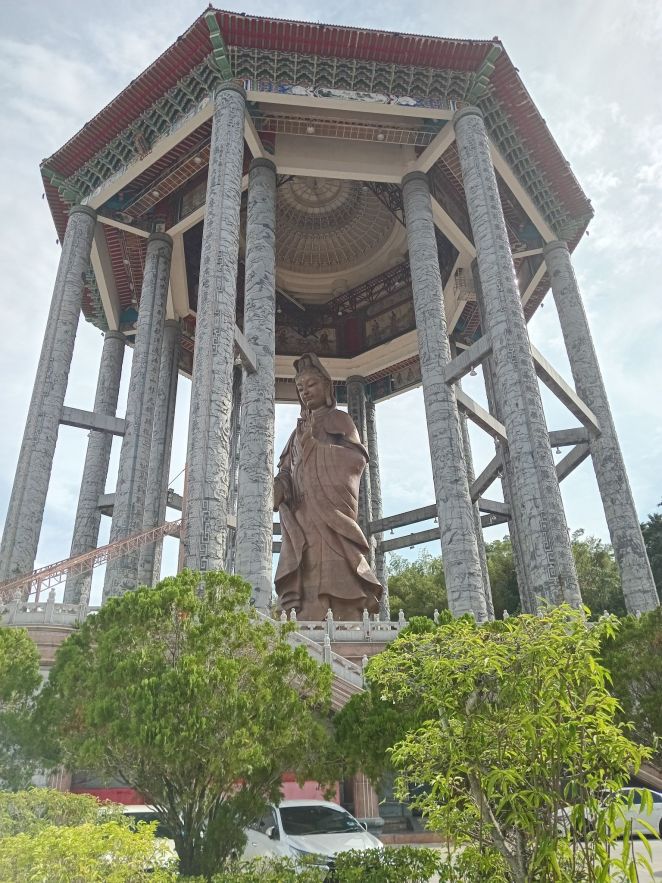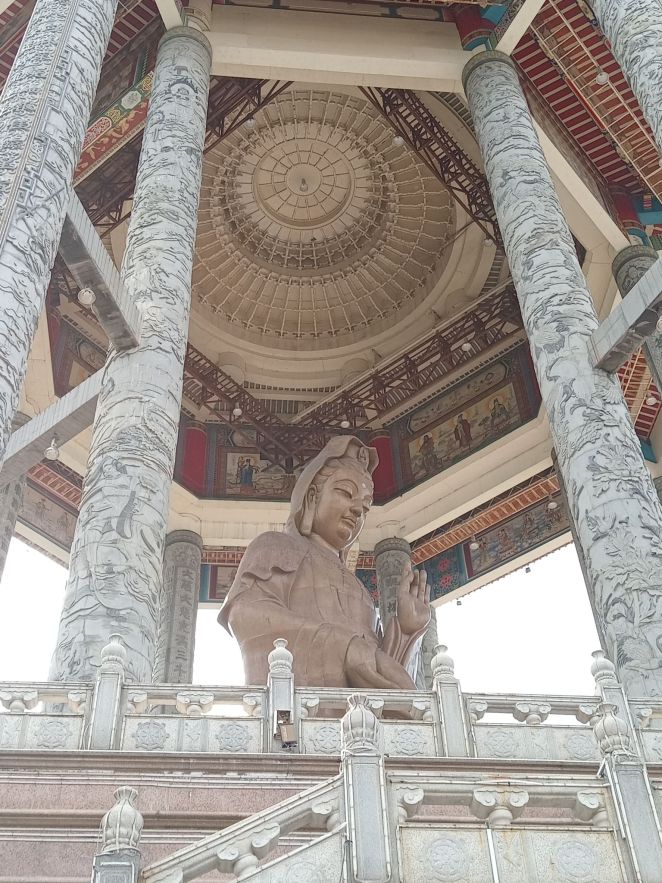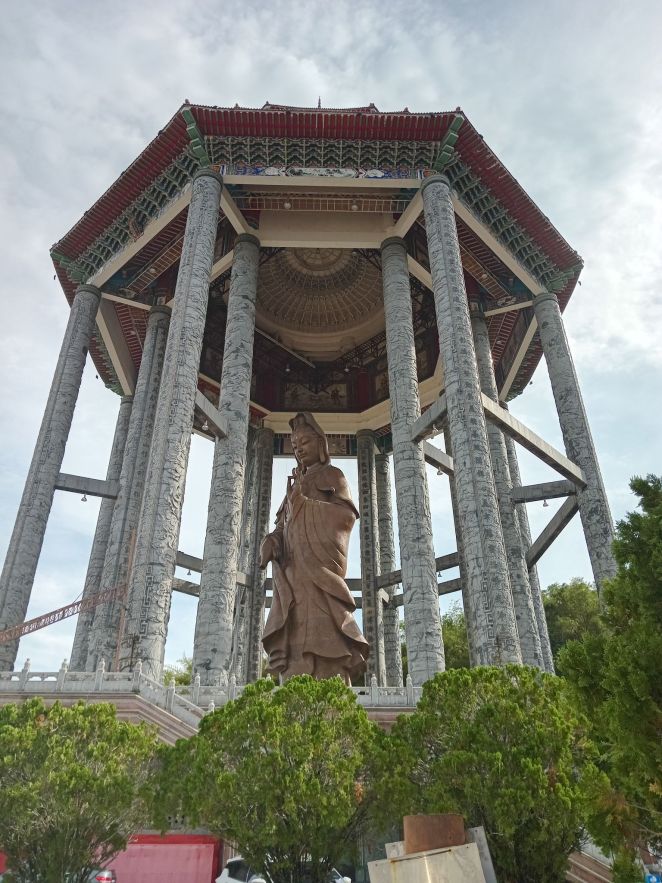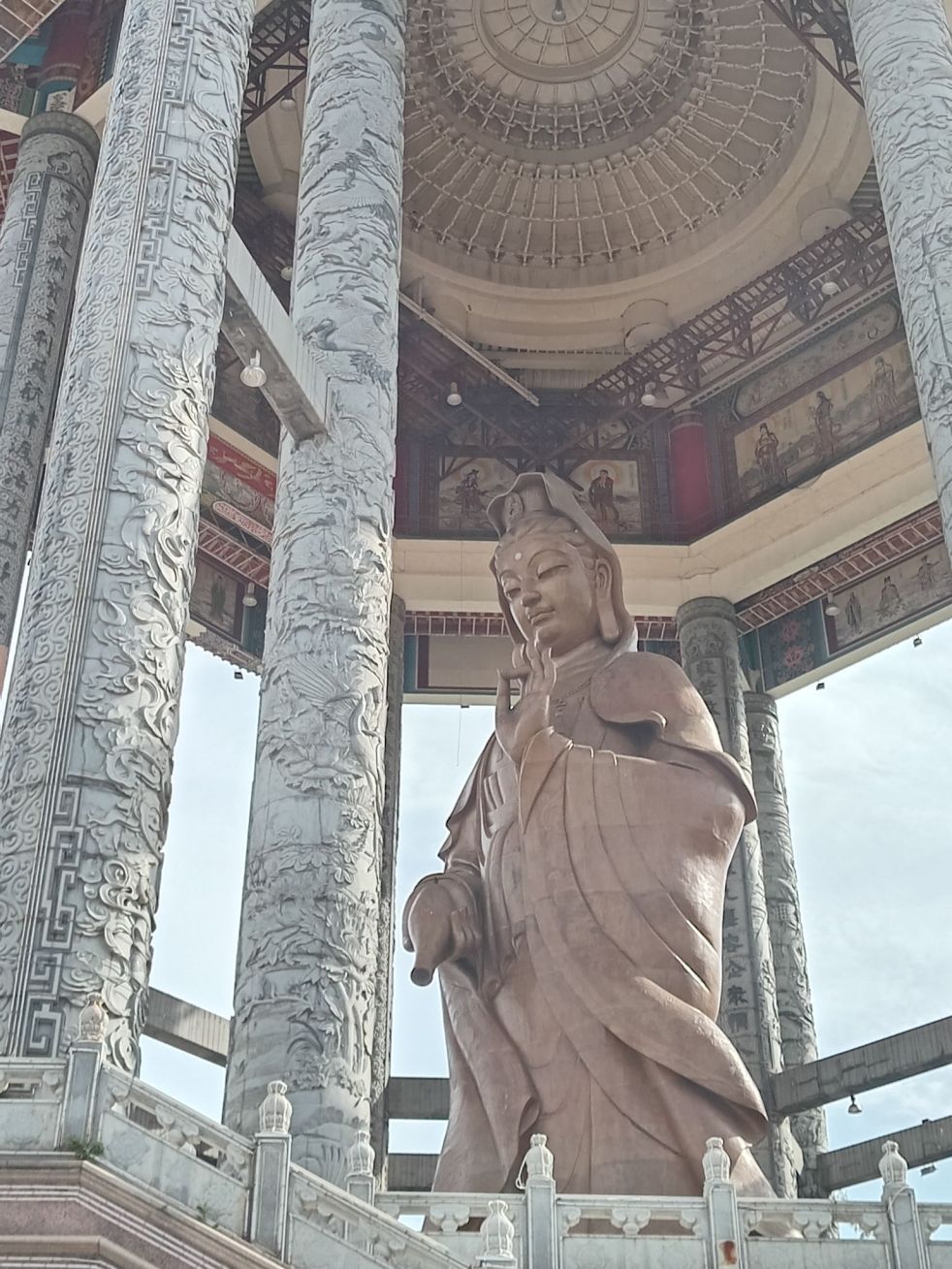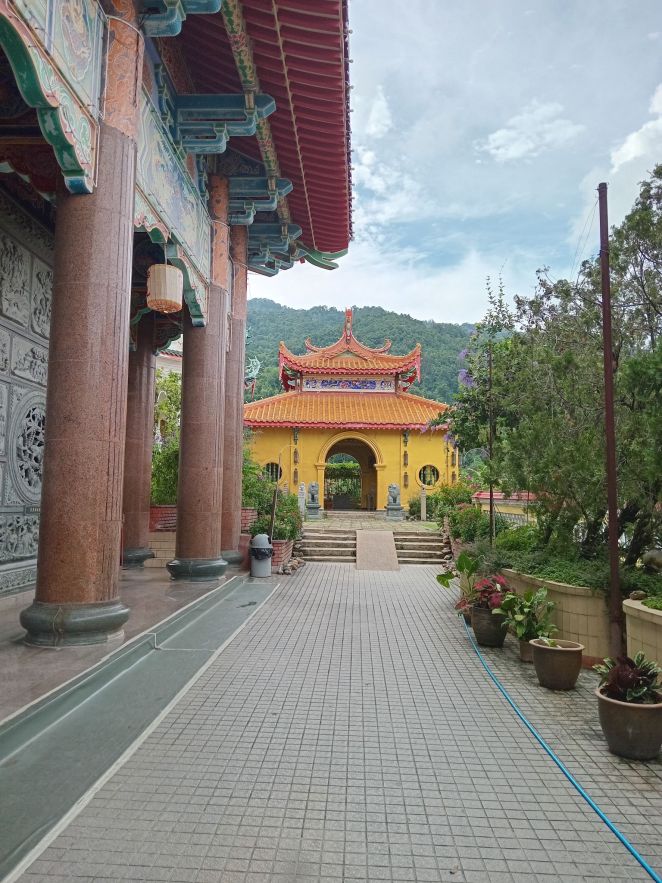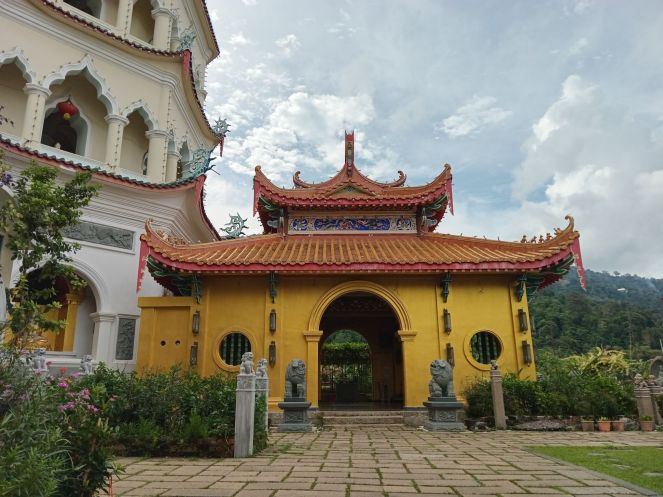Returning to the Malaysia pilgrimage section (whose first article was on Kuala Lumpur here before going to Indonesia), this article is about my visit to Georgetown, Penang on the northern coast of Malaysia and to Kek Lok Si Temple ( 極樂寺) one of the largest Buddhist temples there.
The highlights of the visit to the Chinese-influenced temple were the stunning ten-thousand Buddha pagoda and huge Gyuanyin (Mother of Compassion) statue there.
Many people do not always associate Malaysia with Buddhism, and more with the ‘newer’ and non-indigenous religion of Islam. However, it was clear from visiting Malaysia, in particular Penang, that the Chinese and Malay Buddhist, as well as original Indian Buddhist influences are still present there (albeit not so aurally visible and noticeable as the Islamic mosques).
Music? Guanyin mantra, Namo Guan Shi Yin Pusa.
Getting There: Train and Ferry
Penang, Malaysia is very near the border of Thailand and can be reached by train from Thailand itself. It can also be reached by train from Malaysia’s capital city, Kuala Lumpur, an AC super fast train takes around 4 hours to Butterworth train station and a short walk from there to the ferry, which takes 15 minutes to go over the water to Georgetown island. In 2008, UNESCO designated nearly 260 ha (2.6 km2) within the city centre as a World Heritage Site. The Penang Island City Council has officially identified 3,642 heritage buildings inside the UNESCO-demarcated zone. Recognised for the British-era cityscape, the city centre is notable for its “unique architectural and cultural townscape without parallel anywhere in East and Southeast Asia”, according to UNESCO.
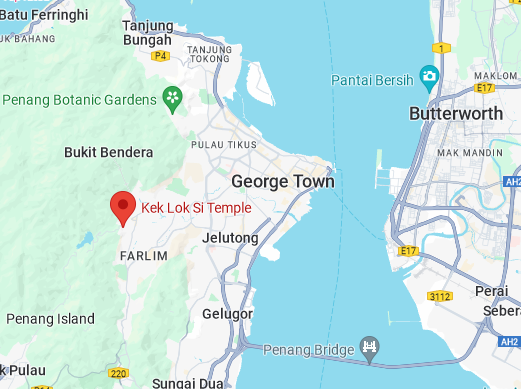
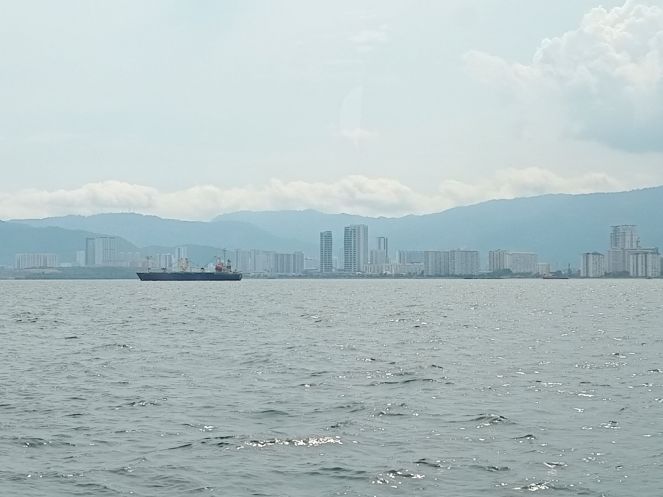
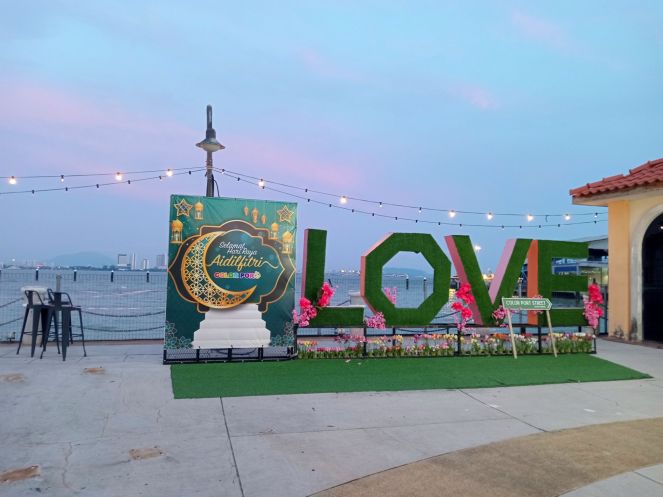

Georgetown and the British colonial and Chinese influences

According to online sources, the Georgetown city is described by UNESCO as having a “unique architectural and cultural townscape” that is shaped by centuries of intermingling between various cultures and religions. George Town was the first British settlement in Southeast Asia, and its proximity to maritime routes along the Strait of Malacca attracted an influx of immigrants from various parts of Asia. Following rapid growth in its early years, it became the capital of the Straits Settlements in 1826, only to lose its administrative status to Singapore in 1832. The Straits Settlements became a British crown colony in 1867.
Shortly before Malaya attained independence from Britain in 1957, George Town was declared a city by Queen Elizabeth II, making it the first city in the country’s history. In 1974, George Town was merged with the rest of the island, throwing its city status into doubt until 2015, when its jurisdiction was reinstated and expanded to cover the entire island and adjacent islets.
George Town was named in honour of King George III, the ruler of Great Britain and Ireland between 1760 and 1820. Prior to the arrival of the British, the area had been known as Tanjung Penaga, due to the abundance of penaga laut trees (Calophyllum inophyllum) found at the cape (tanjung) of the city.

Historically, George Town has been a predominantly Chinese city. According to the 1891 Straits Settlements census, about 68% of George Town’s population of 51,627 were ethnic Chinese. As of 2020, Chinese formed more than half of the city’s population.
During British rule, the Chinese in George Town were categorised based on their dialects, such as Hokkien, Cantonese, as well as place of birth. In contrast to newer arrivals known colloquially as sinkheh, the Peranakan Chinese, descendants of mixed Malay and Chinese ancestries who had inhabited the Straits Settlements for generations, formed an influential group within the Chinese community. They generally preferred Western education, and held leadership positions in some of George Town’s commercial and community associations. As the Peranakan Chinese tended to be more loyal to the British Crown than to China, they were also known as the “King’s Chinese”. Meanwhile, the Tamils form the bulk of George Town’s Indian community. Tamil is used as the medium of instruction in Tamil-medium primary schools. Other Indian languages that are spoken in the city include Telugu and Punjabi. I visited the area called “Little India”, which again like Kuala Lumpur had the best vegetarian food and restaurants there.
However, I did not stay long in Georgetown, and actually preferred Malacca as a place to stay further down the coast of south Malaysia (more on that later). Here are some scenes I took of the stunning old Chinese-influenced buildings and architecture in Georgetown:

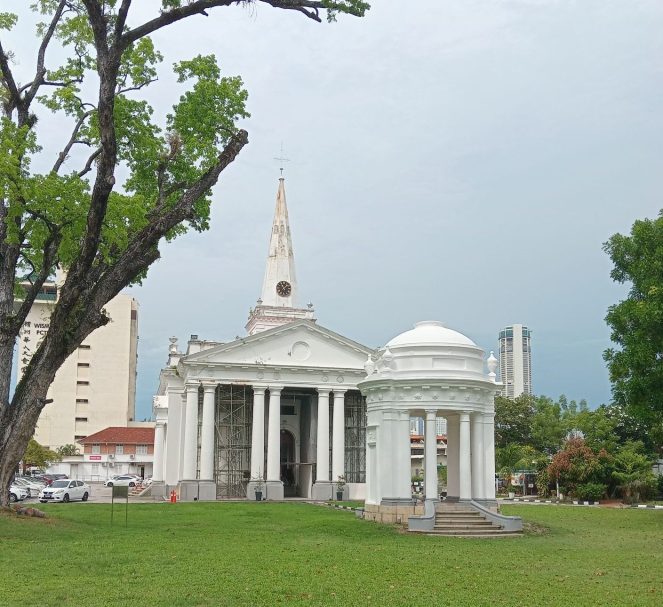
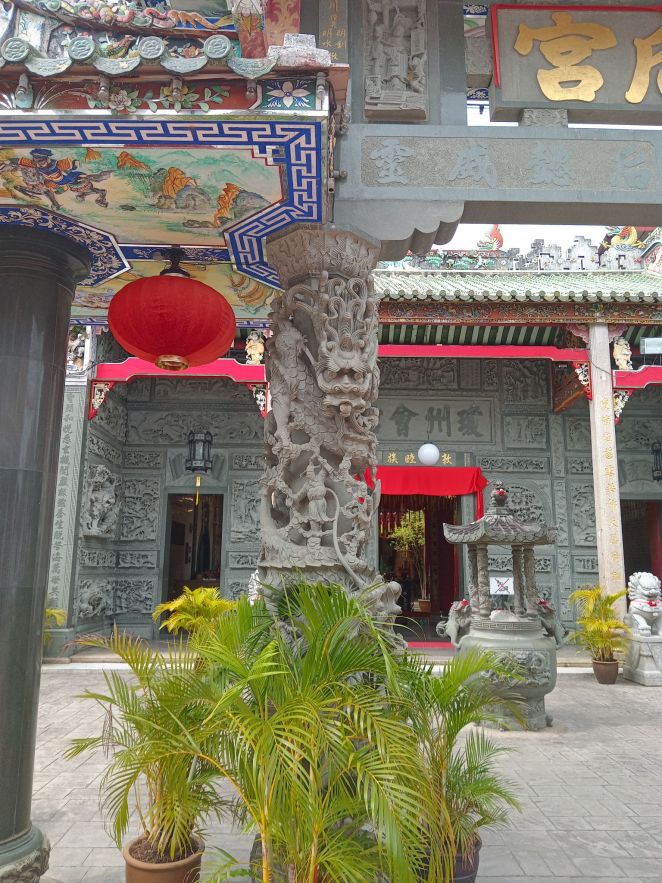



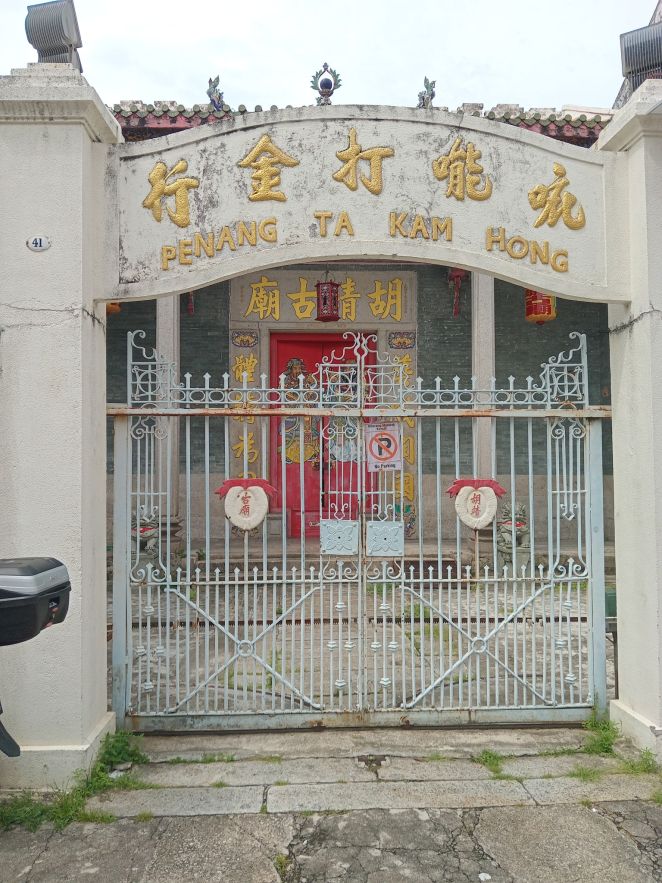


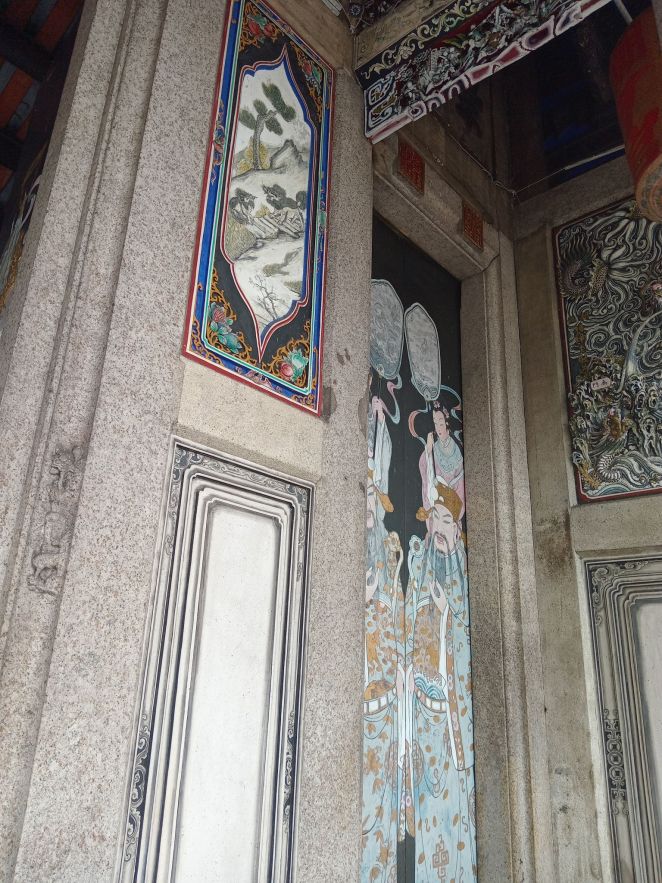
The Kek Lok Si Temple ( 極樂寺), the largest Buddhist temple in Malaysia
The Chinese influence in Georgetown is also clearly visible at the Kek Lok Si Temple ( 極樂寺). Located at Ayer Itam, it is said to be the largest Buddhist temple in Malaysia and an important pilgrimage centre for Buddhists from Hong Kong, the Philippines, Singapore and other parts of Southeast Asia. From Georgetown pier, it takes about an hour by public bus to get there, with a short walk from the bus stop.
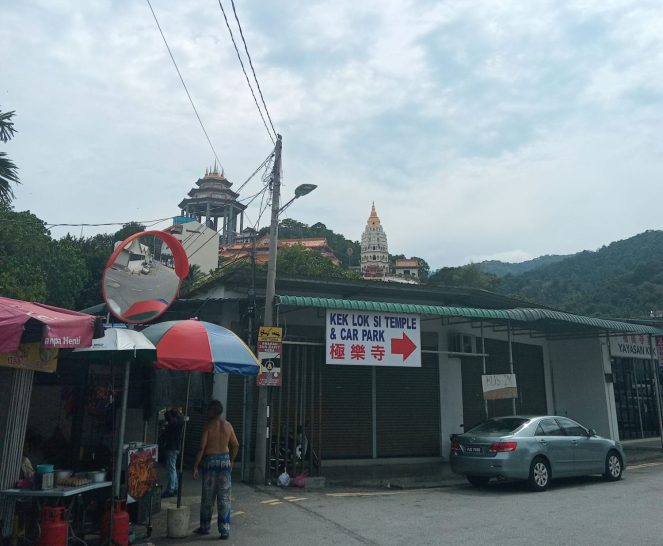

On arriving at the temple, one can walk up the hill via stairs or a short cable-lift. The entire complex of temples was built over a period from 1890 to 1930, an inspirational initiative of Beow Lean, the abbot. The main feature of the complex is the seven-story Ten Thousand Buddhas Pagoda commissioned by the late Thai king Rama VI, featuring 10,000 alabaster and bronze statues of Buddha (see more on that below). As well as the 36.57-metre-tall (120 ft) bronze statue of Guanyin (Kuan Yin), the Goddess of Mercy. The 10,000 Buddhas concept belongs to the Chinese Mahāyāna school of Buddhism while Rama VI was king over a Theravāda country and Buddhist tradition.
The construction of the temple began in 1890 and was completed in 1905. It was inspired by Beow Lean, the chief Chan Buddhist monk of the Goddess of Mercy Temple at Pitt Street in 1887. The site chosen by Beow, a spiritual location in the hills of Ayer Itam, facing the sea, was named “Crane Mountain”. It was established as a branch of the Buddhist Vatican in Drum Mountain in Fuzhou, Fujian Province. Beow Lean was the first abbot of the temple.
The temple complex has a large hydraulically operated bell, which tolls with a high pitch at frequent intervals. Wood and stone carvings are profusely seen in the temple. In front of each deity there is a cushion, impressive scrolls, and candles set in very attractive suspended lamps, and with a large number of priests in attendance.
In October 2021, about 70% of one of the temple buildings was destroyed by the fire, with flames measuring about 12m by 15m. The Fire and Rescue Department (BOMBA) were alerted about the incident at 2:56am on a Tuesday morning. The cause of the fire is still being investigated by authorities.

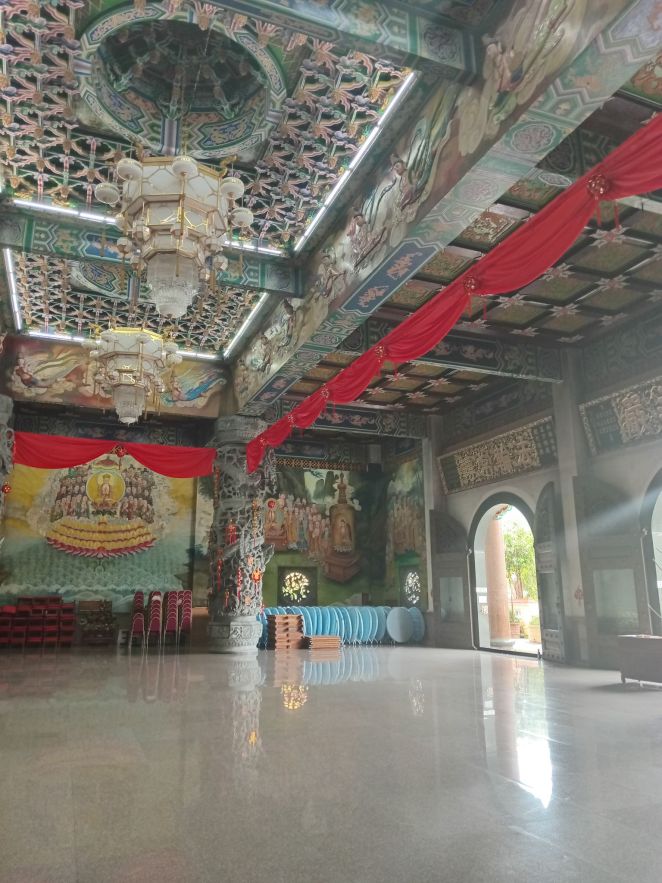

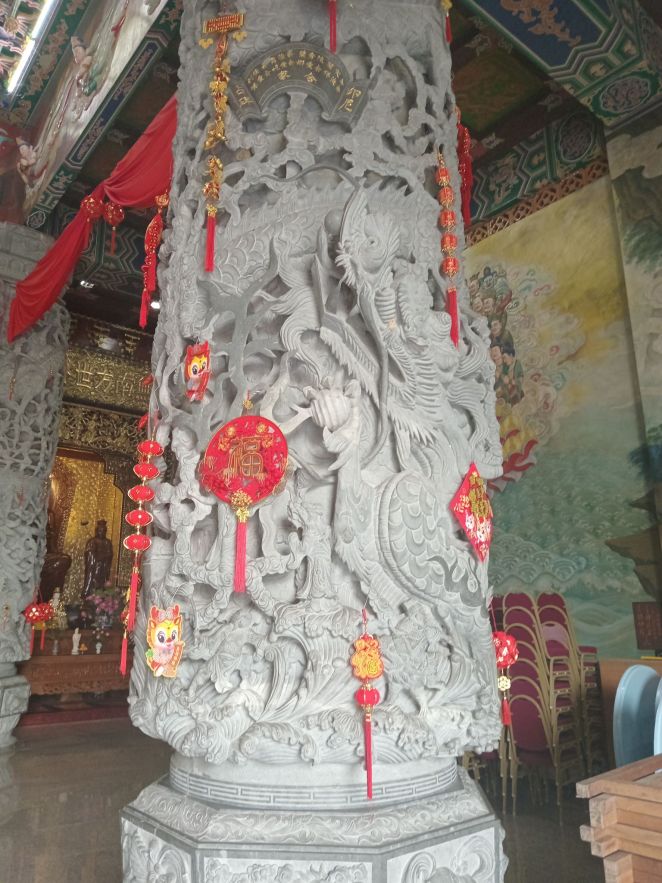
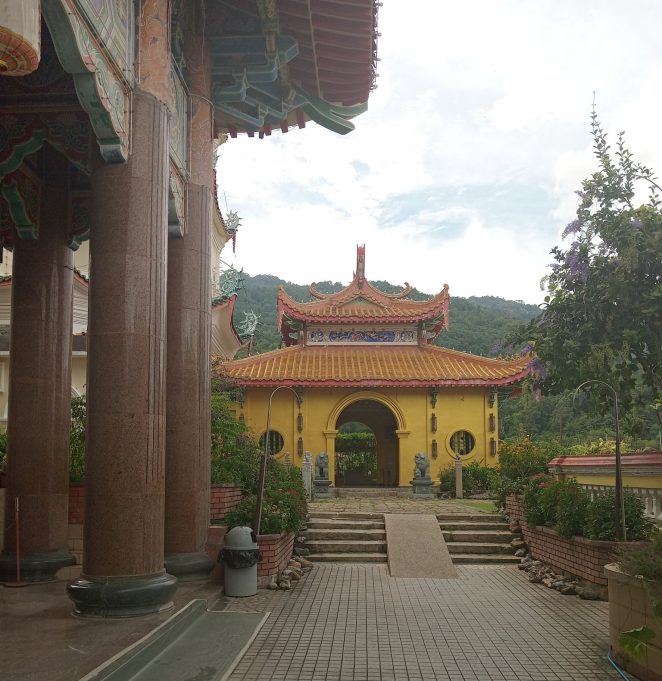
Ten-thousand Buddha pagoda “Ban Po Thar” (萬佛塔)
According to online and historical sources, in 1930, the seven-storey main pagoda of the temple, the “Ban Po Thar” (萬佛塔, “Pagoda of the Ten Thousand Buddhas”), a 30-metre-high (98 ft) structure, was completed. This pagoda combines a Chinese octagonal base with a middle tier of Thai design, and a Burmese crown (spiral dome); reflecting the temple’s amalgam of both Mahayana and Theravada Buddhism. It represents syncretism of the ethnic and religious diversity in the country. There is a large statue of Buddha donated by King Bhumibol of Thailand deified here. King Rama VI of Thailand laid the foundation for the pagoda, so it is also named “Rama Pagoda”.
The consular representative of China in Penang reported the grandeur of the temple to the Qing imperial government. Following this, the Guangxu Emperor invited Beow Lean to Beijing in 1904 and bestowed on him 70,000 volumes (or 7,000, according to other sources) of the “psalms and other sacred works of Buddhism” and also presented him edicts anointing him the “dignity of the Chief Priest of Penang” and also declaring “the Chinese temple at Ayer Itam as the head of all Chinese temples in Penang”. On the abbot’s return to Penang, a royal procession, carrying the edict in a rattan chair and the scriptures in pony-driven carts, was organised leading to the temple complex. Prominent Chinese dignitaries of Penang in their royal mandarin attire accompanied the abbot in the procession.
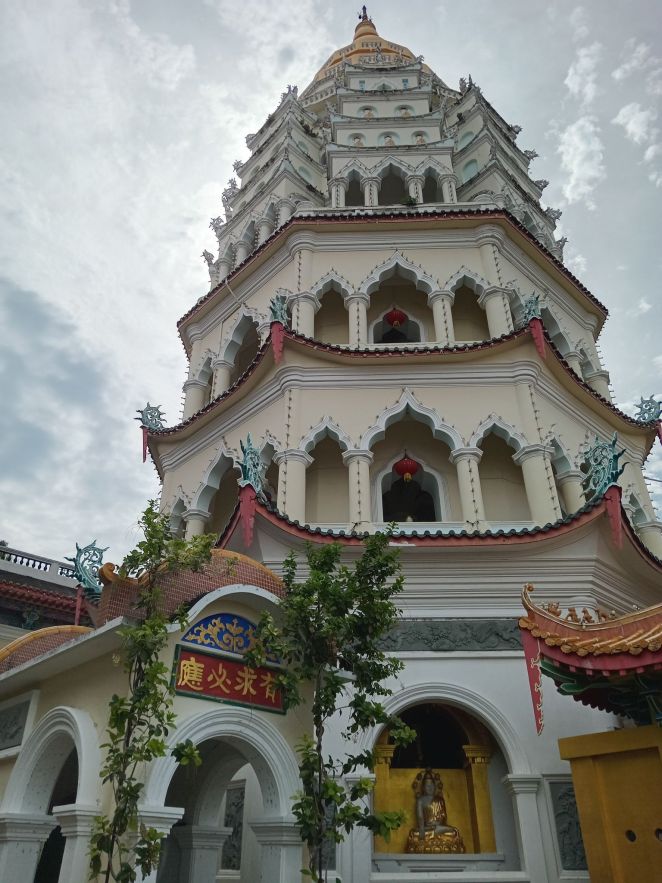
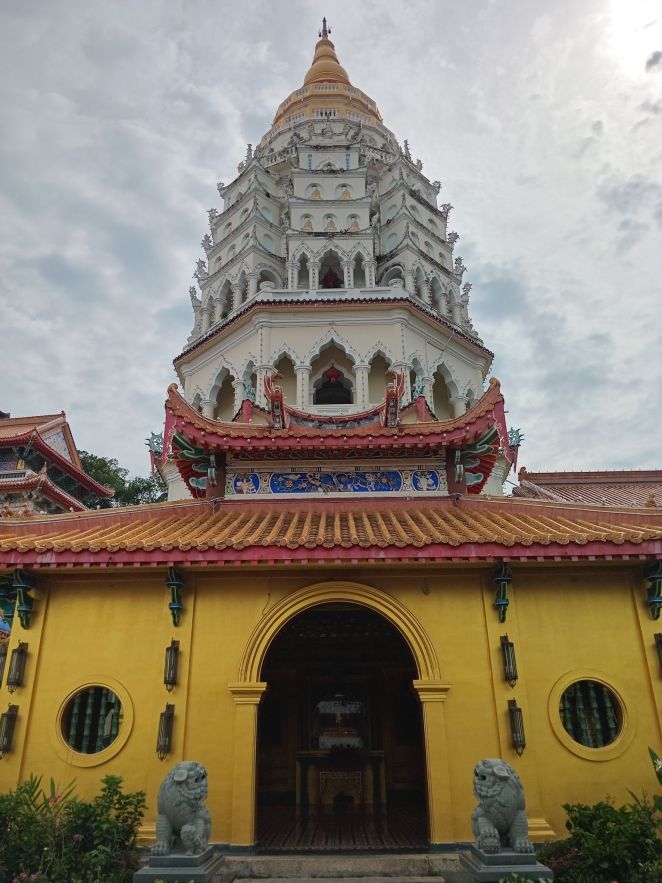
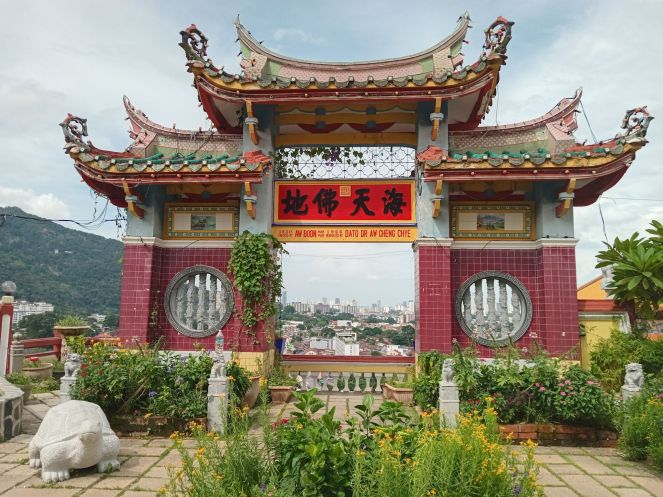
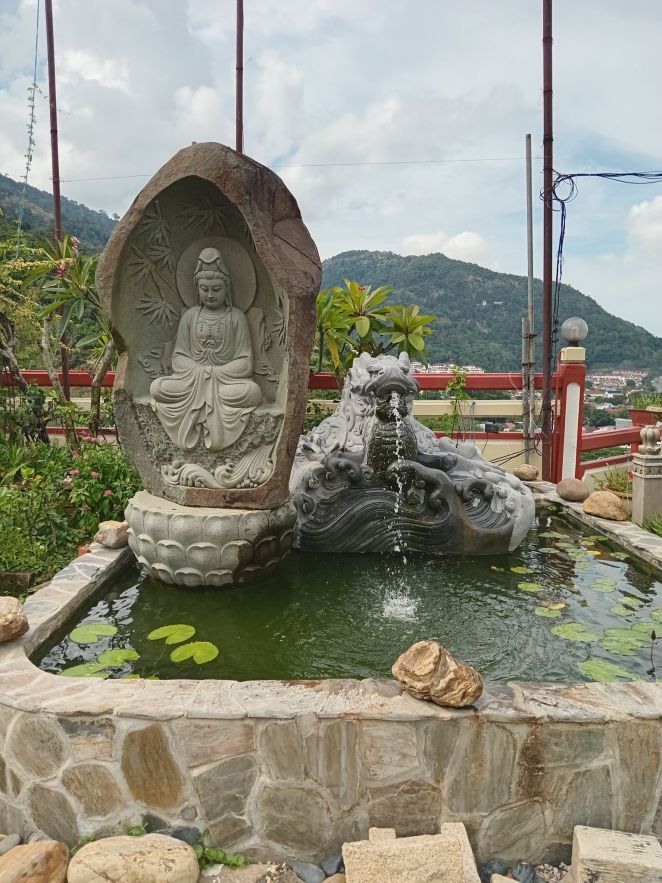
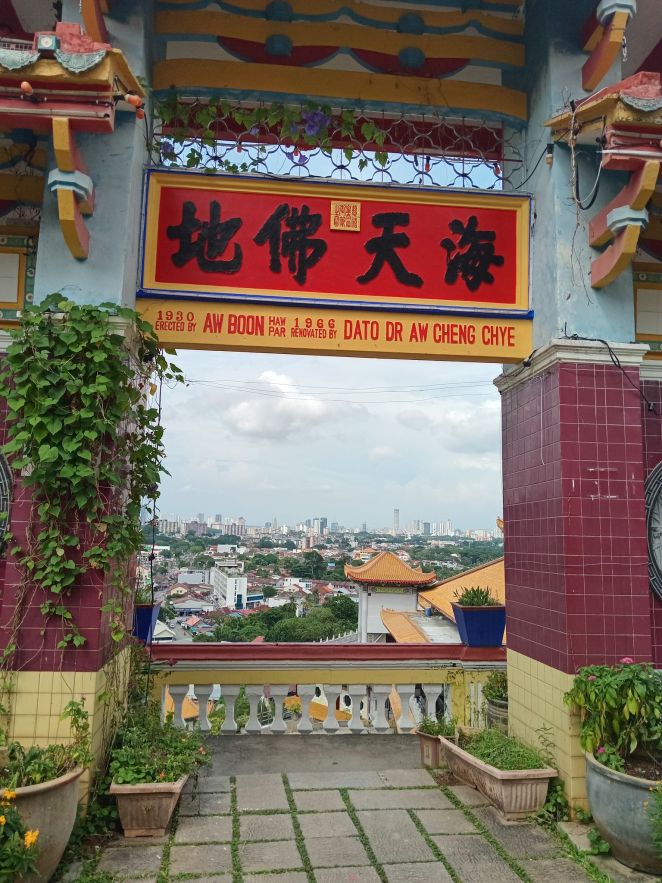
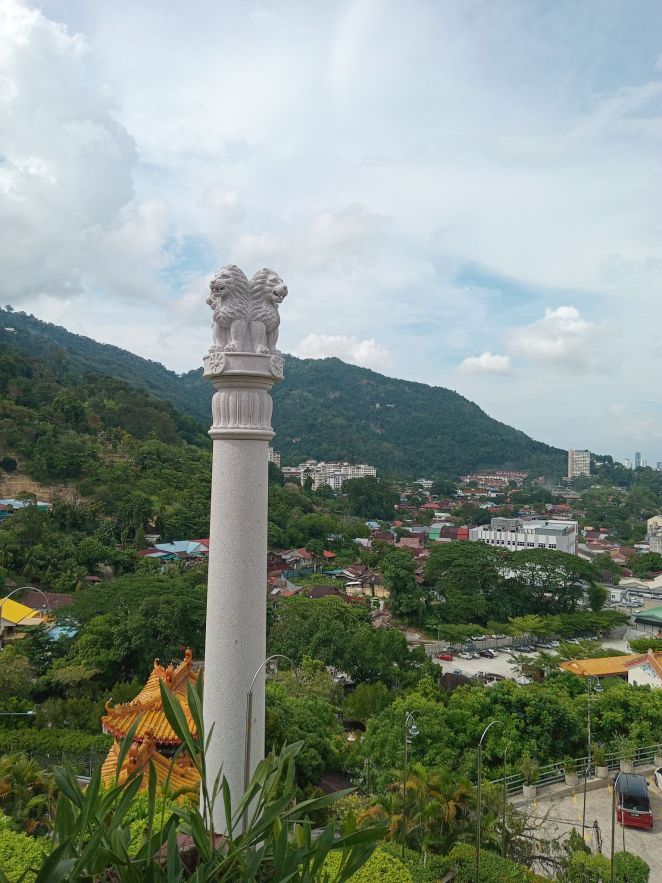
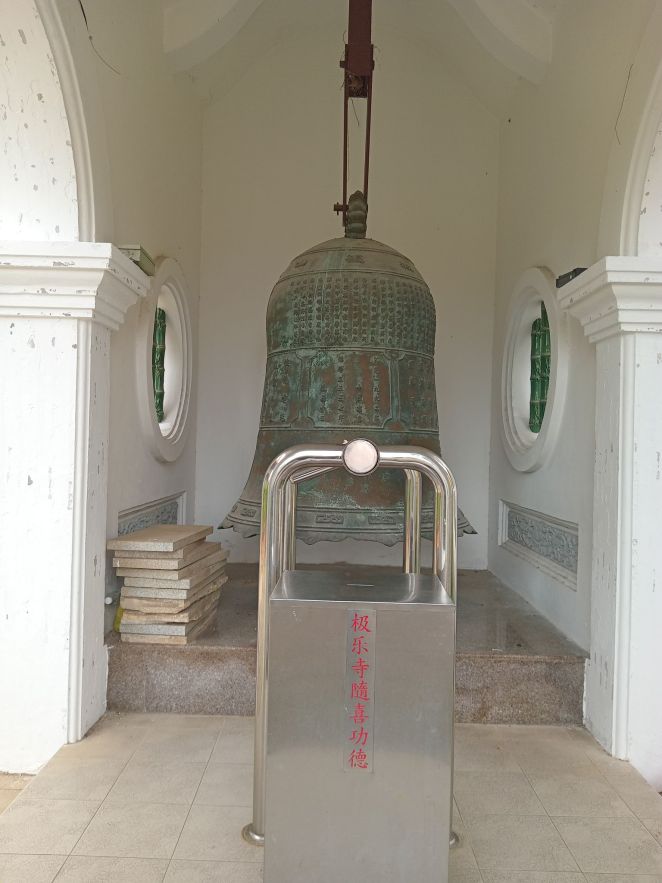

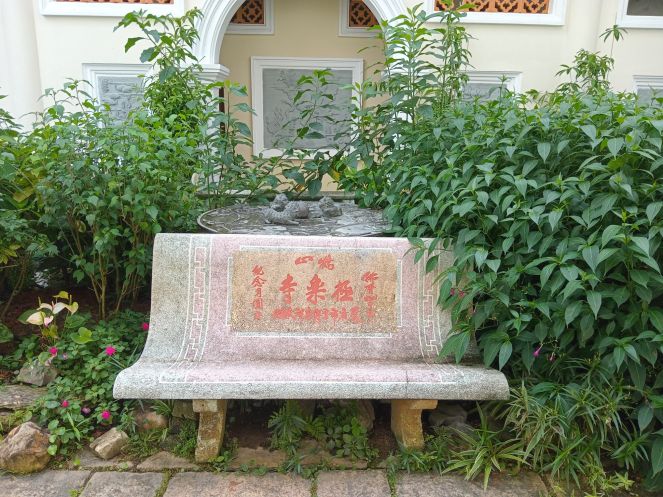
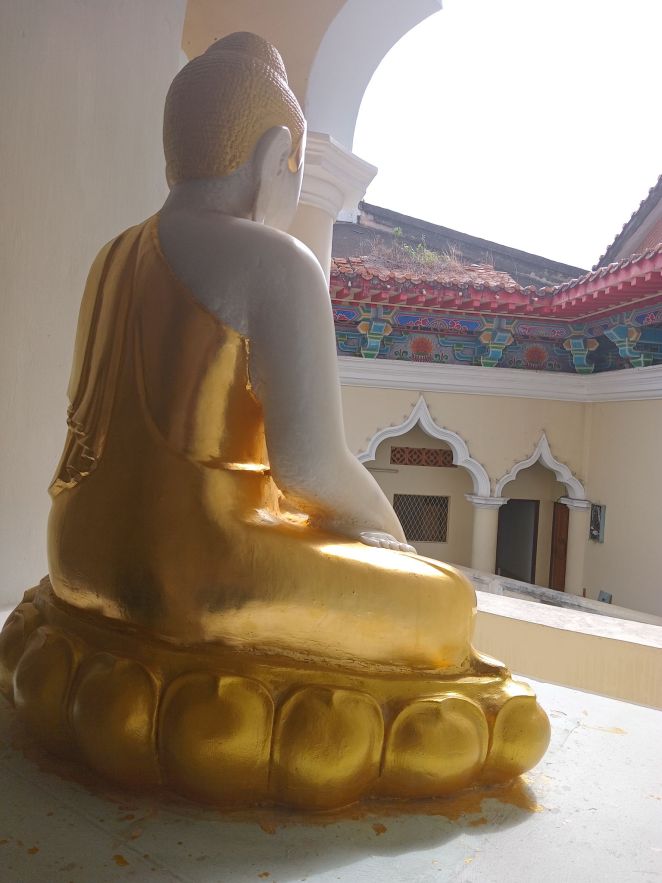
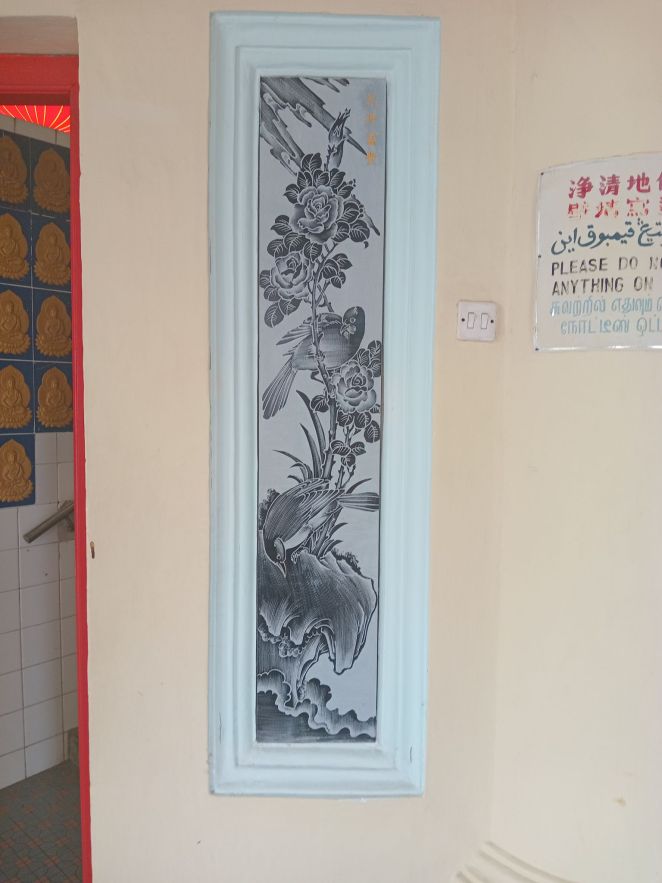


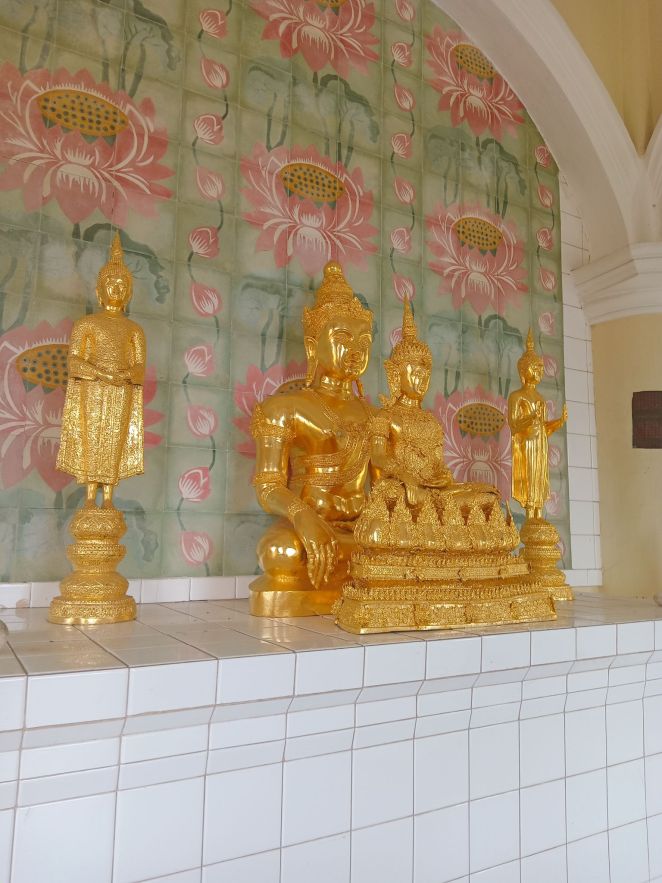

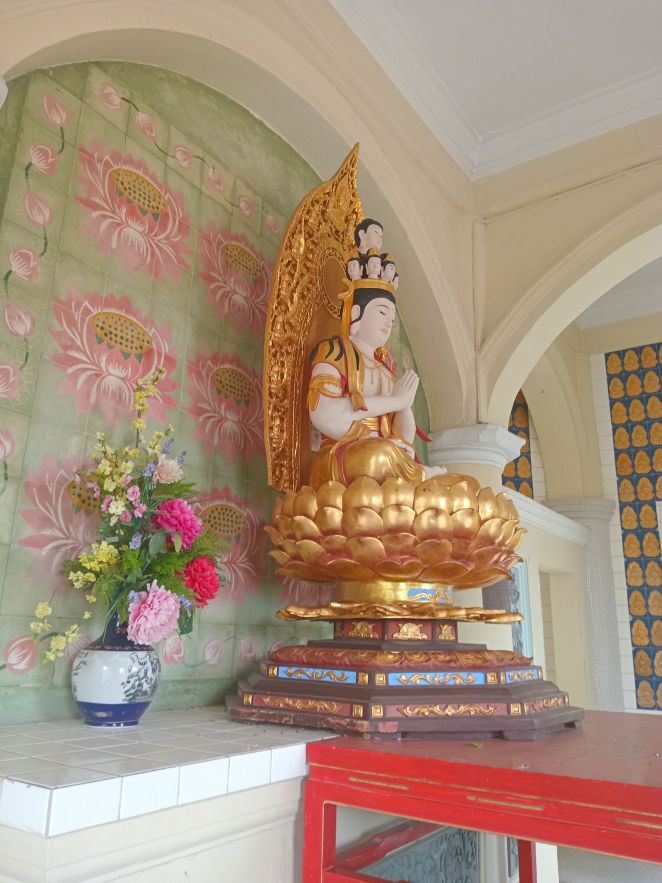
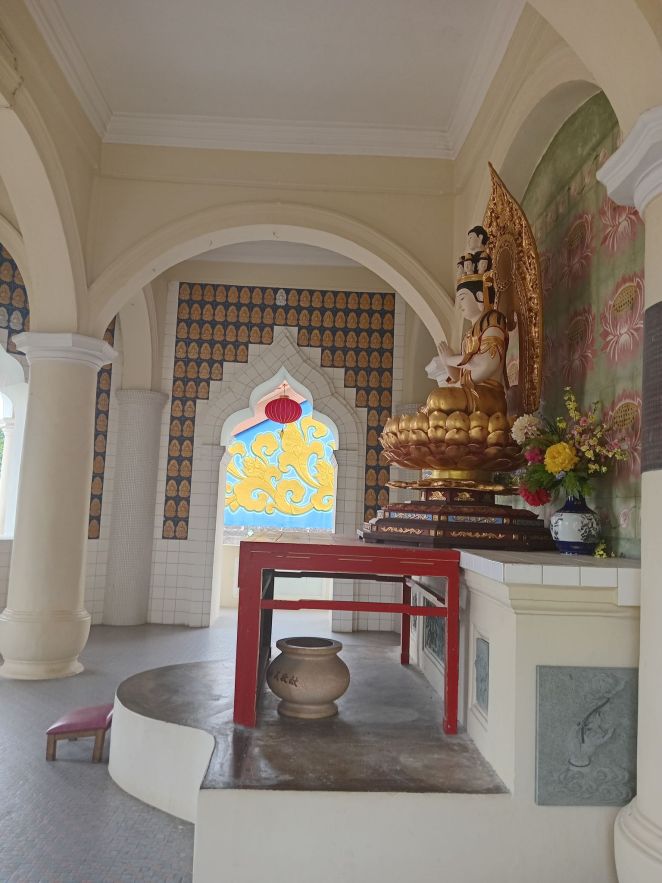
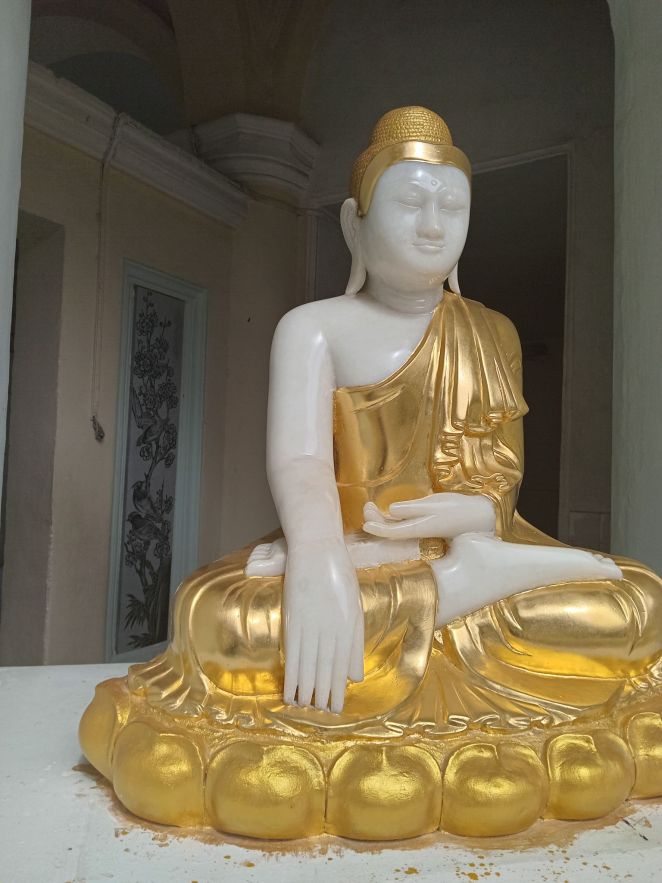
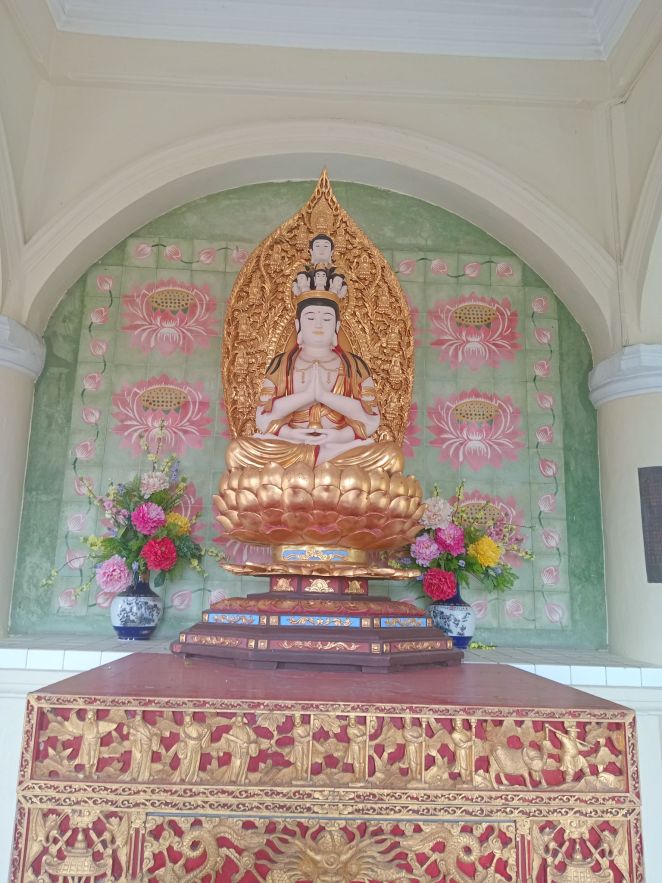
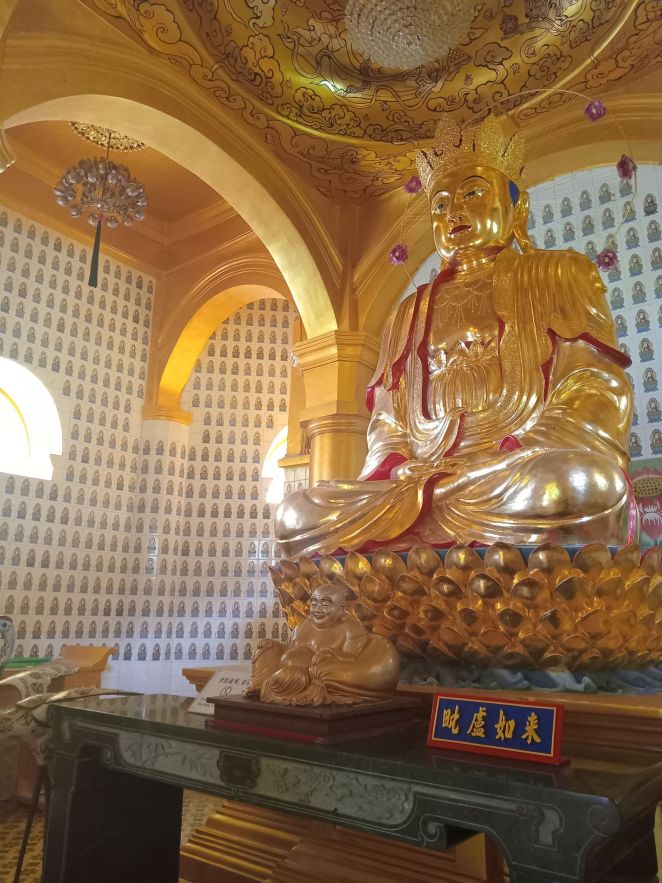
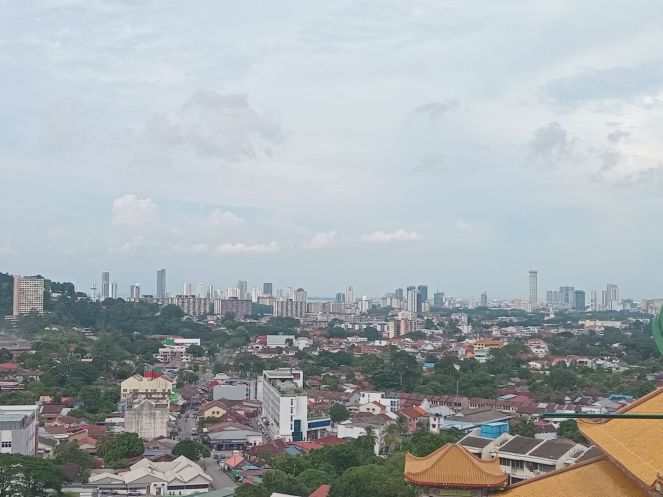



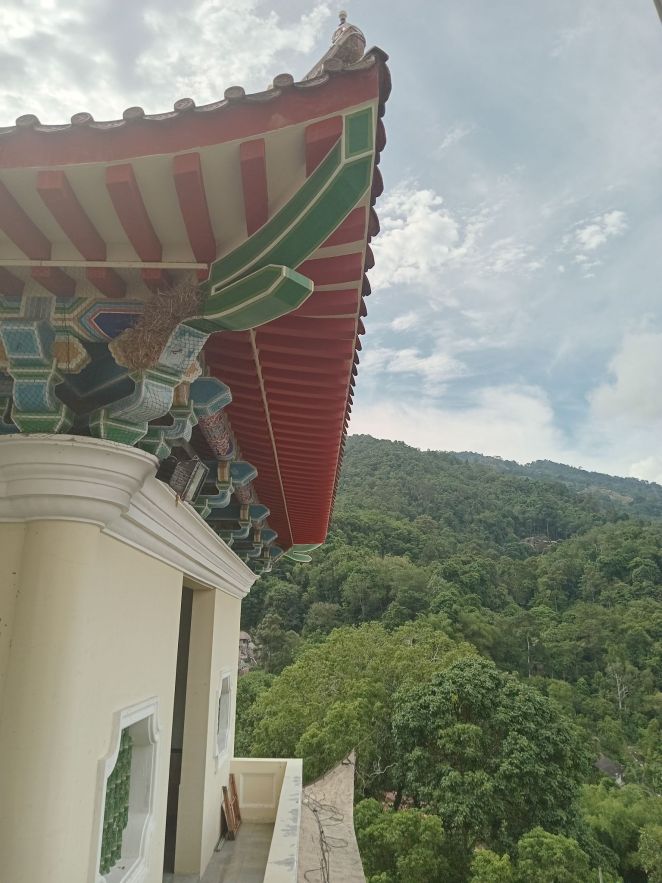
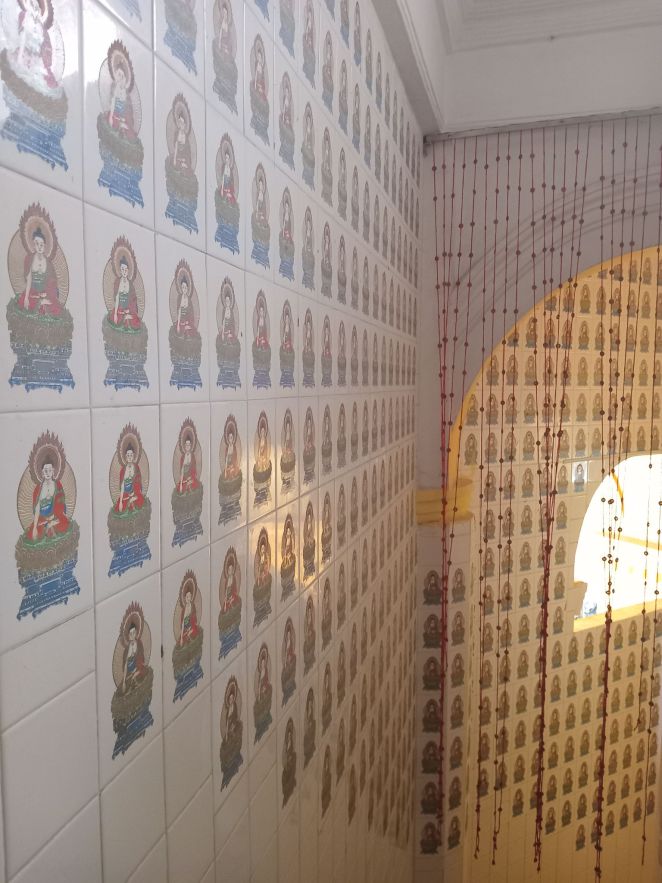

The 99ft bronze Gyuanyin statue
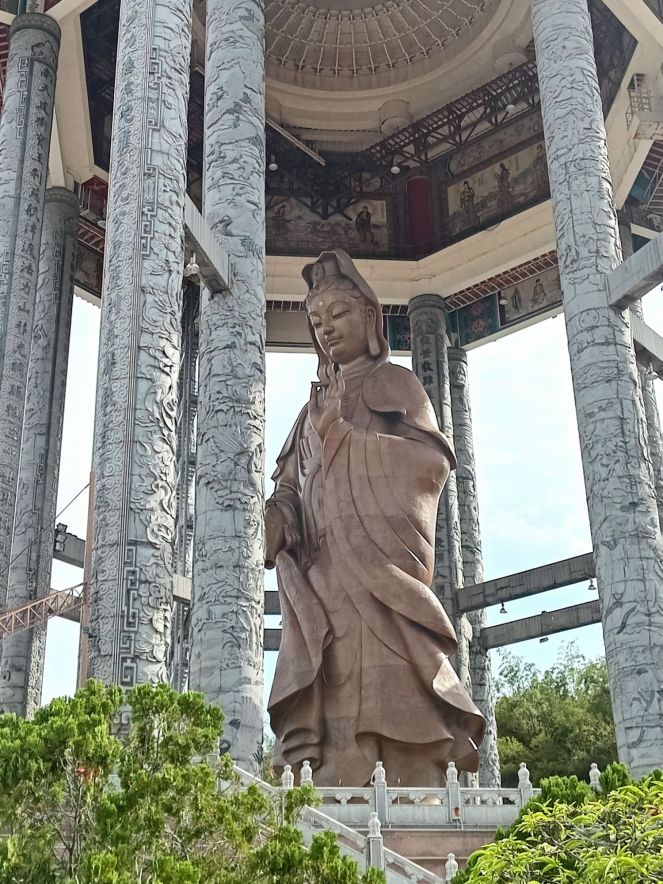
n 2002, a 30.2-metre (99 ft) bronze statue of Guanyin, the Goddess of Mercy, was completed and opened to the public. It replaced the previous white plaster Kuan Yin statue which was damaged due to a fire a few years earlier. The bronze statue is located on the hillside above the pagoda. The statue is complemented with a 60.9 metres (200 ft) three-tiered roof pavilion (with 16 columns made of bronze supporting the pavilion), which was completed in 2009. It was the tallest Guanyin statue in the world. One hundred statues of the goddess Kuan Yin, each of 2 metres (6 ft 7 in) height, are set around the main statue of the goddess. However, its height was restricted to avoid its shadow falling on the Penang State Mosque. This is interesting, as many people find the early morning (and very loud) chants of mosques in an area to be invasive, yet nothing is ever done about that. This shrine also has other 10,000 statues of Buddha, apart from a statue of 12 Zodiac Animal Signs of the Chinese Calendar.
Seeing it in person was glorious and inspiring. Although visitors could not go up to the statue itself, the size and beauty of the carving and face were visible and I found myself gazing at it continually. Similar to the huge statue I saw in Danang, Vietnam a few months before, it is an artistic and spiritual masterpiece.
Here are some photos I took of it, together with a couple of another stunning statue, of much lesser proportions nearby:
